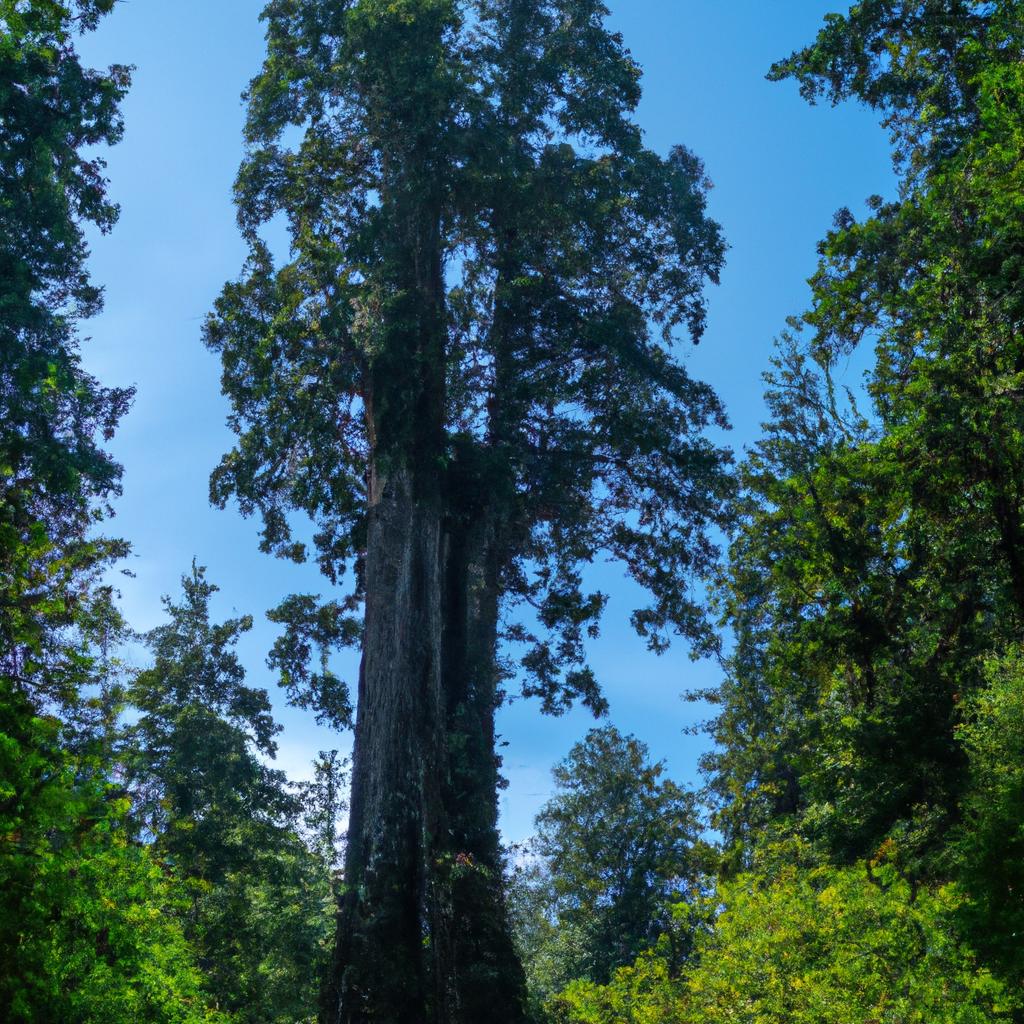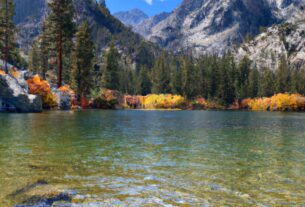Have you ever encountered a tree so extraordinary that it becomes a symbol of community and nature’s magnificence? If not, get ready to be introduced to the Tree of Life Kalaloch. Nestled within the breathtaking Olympic National Park in Washington, this colossal Sitka spruce has stood strong for centuries, representing resilience and cultural significance.
The Tree of Life Kalaloch is more than just a tree; it is a living symbol of the community that surrounds it. For generations, it has been an integral part of local culture, observing the passage of time and reminding us of the splendor of nature and our responsibility to protect it.
This majestic tree is not only cherished by the community but also plays a vital role in the ecosystem. The Tree of Life Kalaloch provides shelter and sustenance to countless wildlife species, contributing to the overall biodiversity of the area. A testament to nature’s power, it thrives despite adversity.
Unveiling its Rich History and Significance
Historical Background of the Tree
The Tree of Life Kalaloch boasts a captivating history that dates back centuries. Estimated to be around 1,000 years old, it stands as one of the oldest trees in the Olympic National Park. With its deep roots and sturdy branches, the tree has withstood countless storms, floods, and natural disasters.
The Cultural Significance of the Tree of Life Kalaloch
Deeply embedded in the heritage of the Quinault Indian Nation, the Tree of Life Kalaloch holds great cultural significance. For the Quinault people, who have inhabited the area for millennia, this tree is a sacred symbol, passed down through generations. Legend has it that when lightning struck the tree, it was seen as a celestial connection by the Quinault people.
Its Importance to the Ecosystem
The Tree of Life Kalaloch’s significance goes beyond cultural heritage; it also plays a crucial role in the Olympic National Park’s ecosystem. As a Sitka spruce, it offers a habitat for a diverse range of wildlife, including birds and mammals. This remarkable tree provides shelter and sustenance, forming an essential link in the food chain. Additionally, it serves as a carbon sink, absorbing carbon dioxide and mitigating the effects of climate change.
Exploring its Physical Characteristics
The Tree of Life Kalaloch, a towering Sitka spruce, stands tall at 191 feet, with an impressive diameter of 11 feet. Its dark brown bark, rough and etched with vertical grooves, sets it apart. The tree’s slender branches cascade downwards, imparting a regal and distinctive appearance.
One of the most captivating aspects of the Tree of Life Kalaloch is its ability to thrive in harsh conditions. It has evolved unique adaptations, enabling it to withstand gale-force winds, heavy rain, and the salty spray from the nearby ocean. Its extensive and deeply anchored root system provides stability and ensures its unwavering strength.
Compared to other tree species, the Tree of Life Kalaloch stands as a colossal giant. Its size and distinct features have made it a popular tourist attraction, drawing visitors from all corners of the globe. Let’s delve into the biodiversity and conservation efforts surrounding this remarkable tree.
Supporting Biodiversity and Conservation
The Tree of Life Kalaloch’s Role in Supporting Biodiversity
Beyond its awe-inspiring beauty, the Tree of Life Kalaloch plays a crucial role in the ecosystem. It serves as a haven for diverse wildlife species, offering shelter, nourishment, and protection from predators. Moreover, the tree actively contributes to the overall health of the forest by regulating temperature, humidity, and soil moisture.
Threats to the Tree’s Survival
Despite its significance, the Tree of Life Kalaloch faces several threats to its survival. Climate change poses one of the most significant challenges, altering the tree’s environment and impacting its growth. Furthermore, human activities such as tourism, logging, and development endanger its existence, causing soil erosion, root damage, and disturbances to the wildlife.
Efforts to Protect and Conserve the Tree
To safeguard the Tree of Life Kalaloch, various measures have been implemented in the Olympic National Park. These efforts aim to minimize the impact of human activities on the tree and its surroundings. For instance, access to the area has been limited, reducing visitor numbers. Restoration initiatives, such as planting new trees and removing invasive species, strive to ensure the long-term survival of this iconic tree.
Embracing as a Captivating Tourist Attraction
The Tree of Life Kalaloch isn’t solely an invaluable cultural and ecological wonder—it is also a significant tourist attraction. Visitors from across the globe flock to witness its magnificence.
The Tree of Life Kalaloch as a Tourist Attraction
When exploring the Olympic National Park, the Tree of Life Kalaloch is an absolute must-see. Visitors are captivated by its sheer size, exquisite beauty, and distinctive features. Symbolizing resilience, this tree’s cultural significance makes it a sought-after destination for tourists keen on delving into the region’s rich history and heritage.
Best Time to Visit
Summer is the perfect time to witness the Tree of Life Kalaloch in all its glory. Warm and dry weather sets the stage for outdoor activities such as hiking, allowing visitors to marvel at the surrounding natural wonders, including the stunning coastline and lush forests.
Activities to Do in the Area
Beyond marveling at the Tree of Life Kalaloch, visitors have an array of activities to choose from. Camping, hiking, and wildlife viewing are popular pastimes, offering an immersive experience in nature’s embrace. Exploring nearby beaches and enjoying breathtaking vistas of the Pacific Ocean are also not to be missed.
In conclusion, the Tree of Life Kalaloch stands as an exceptional testament to nature’s grandeur. Its cultural significance, breathtaking physical beauty, and ecological importance underscore the resilience of the natural world, emphasizing the critical need for conservation.
At TooLacks, we wholeheartedly embrace the responsibility of raising awareness about nature’s magnificence and the urgency of conservation. The Tree of Life Kalaloch serves as a poignant reminder of our interconnectedness and the immense impact our actions have on the world. Let us unite in preserving this precious natural wonder and other awe-inspiring marvels for generations to come.
To learn more about TooLacks and our commitment to preserving nature, visit TooLacks.
Sources:



